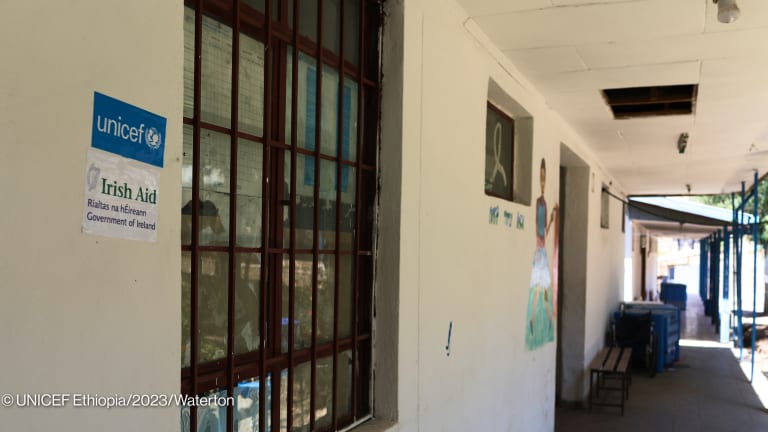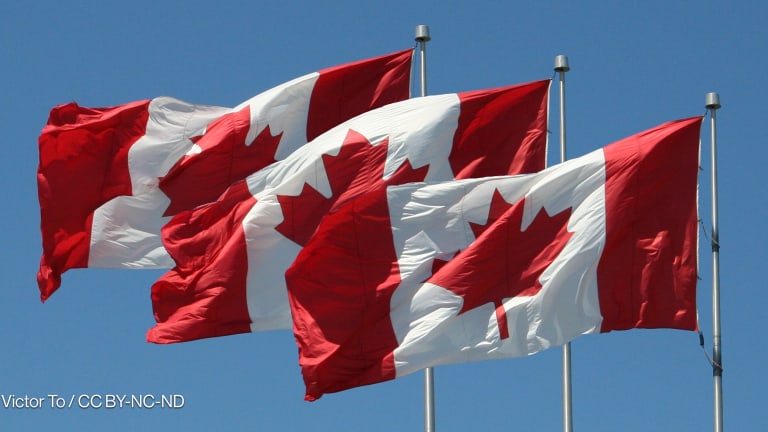
The head of the Organisation for Economic Co-operation and Development’s Development Assistance Committee warned against “complacency” Tuesday, after new data showed foreign aid levels held steady last year once spending on COVID-19 vaccines was removed.
The $179 billion total from the 30 DAC members was a 4.4% increase in real terms compared with 2020. However, once official development assistance for donated COVID-19 vaccines was excluded, the overall amount of aid was up just 0.6%.
Exclusive: Hungary thwarts consensus on vax donation rules
Budapest says excess doses should be counted as aid but argues that "the application of a fixed price model contradicts the existing OECD DAC reporting guidelines."
Across all 30 donors, ODA amounted to 0.33% of their combined gross national income, which was similar to the percentage for 2020. Five DAC members met or exceeded the United Nations target of 0.7%: Denmark, Germany, Luxembourg, Norway, and Sweden.
While expressing gratitude to those countries, as well as the 23 out of 30 DAC donors that raised ODA levels in 2021, DAC Chair Susanna Moorehead told reporters Tuesday that “there's no room for complacency.”
On COVID-19, she predicted that “the economic and social consequences will continue to cast a long and dark shadow over developing countries for many years to come,” necessitating continued aid spending.
Demand for ODA is rising “exponentially,” Moorehead said, due to a “long and terrifying” list of crises in Yemen, Sudan, Afghanistan, northern Ethiopia, Africa’s Sahel region, northern Nigeria, and Myanmar. The war in Ukraine means that “the worst is yet to come,” as fertilizer, fuel, and food all become more expensive, she said, adding that the world was seeing a reversal in progress on the 2030 Sustainable Development Goals.
Aid NGOs in the DAC-CSO Reference Group said donors need to do more than hold the line on spending, as the number of people in need of humanitarian assistance more than doubled in the past year — reaching 274 million.
The largest point of controversy this year was how to count COVID-19 vaccine doses that were initially purchased for use in donor countries but then donated to nations in need.
DAC failed to reach a consensus on the issue earlier this year, though most donors used DAC guidance issued in February. It recommended a set price of $6.72 per dose, with donors adjusting how much they claimed as ODA if they paid less than that to acquire the vaccine themselves. NGOs have criticized that fix, saying it could inflate aid numbers and encourage hoarding of vaccines — as high-income countries would still get credited for donating their surplus doses.
DAC said Tuesday that within the $6.3 billion total spent on providing COVID-19 vaccines to lower-income countries, $2.3 billion covered donated doses that were left over from domestic supplies — amounting to nearly 357 million doses. Some $3.5 billion went to doses purchased specifically for lower-income countries, and $500 million went to secondary costs.
Jorge Moreira da Silva, director of the OECD Development Co-operation Directorate, said DAC had details about the manufacturing and number of excess vaccines donated, though these would not be publicly released.
“We cannot reveal some of them due to some countries’ confidentiality agreements,” he said. “But indeed, I can confirm and guarantee that members did not go over their actual expenditures. We have all the information that was provided by members, so the whole integrity of ODA has been assured.”
Attending his first ODA announcement as secretary-general at OECD, Mathias Cormann, a former finance minister of Australia, said it was wrong to look at the figures without the COVID-19 vaccines.
“Vaccines [were] actually a very important contribution to make when it comes to official development assistance in the context of a pandemic,” he told reporters. “I don't see how it is an appropriate interpretation of the numbers to sort of try and analyze it on the basis of taking that contribution out. It was a relevant and important contribution in the context of a global pandemic and the implications it was having, including in developing countries.”








